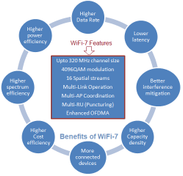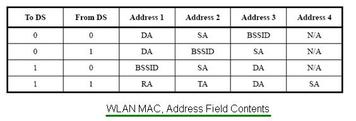WiFi USB Adapter: Definition and Functionality
Advertisement
A WiFi USB adapter is a device that bridges the gap between USB-compliant devices and WiFi networks. It allows these devices to communicate and exchange data wirelessly.
Essentially, it lets you connect to a WiFi network (at home, in the office, or at a public hotspot) when your device doesn’t have built-in WiFi capabilities or when you need a stronger or more reliable connection. Once connected, you can access the internet or transfer data at speeds determined by the WLAN standard supported by the adapter.
For example, if the adapter supports 802.11a/b/g, data transfer rates can reach a maximum of 11 Mbps, with a coverage range of approximately 35 meters indoors and 70 meters outdoors. If it supports 802.11n, data rates can increase to 70/140 Mbps (depending on MIMO configurations), and coverage can extend from 70 to 250 meters.
 Figure: D-Link Air DWL-122 wireless USB adapter
Figure: D-Link Air DWL-122 wireless USB adapter
The figure above illustrates the D-Link Air DWL-122 wireless USB adapter, which operates on the 2.4 GHz frequency band. This particular adapter boasts the following features:
- 802.11b WiFi compliance
- Indoor coverage of up to 328 feet
- Support for infrastructure networks (via Access Point/Router)
- Peer-to-peer communication in Ad-Hoc mode
- Support for security protocols like 64-bit/128-bit WEP encryption
- USB 1.1 standard compatibility
- Powered directly via the USB port, eliminating the need for an external power supply
Advertisement
 RF
RF



